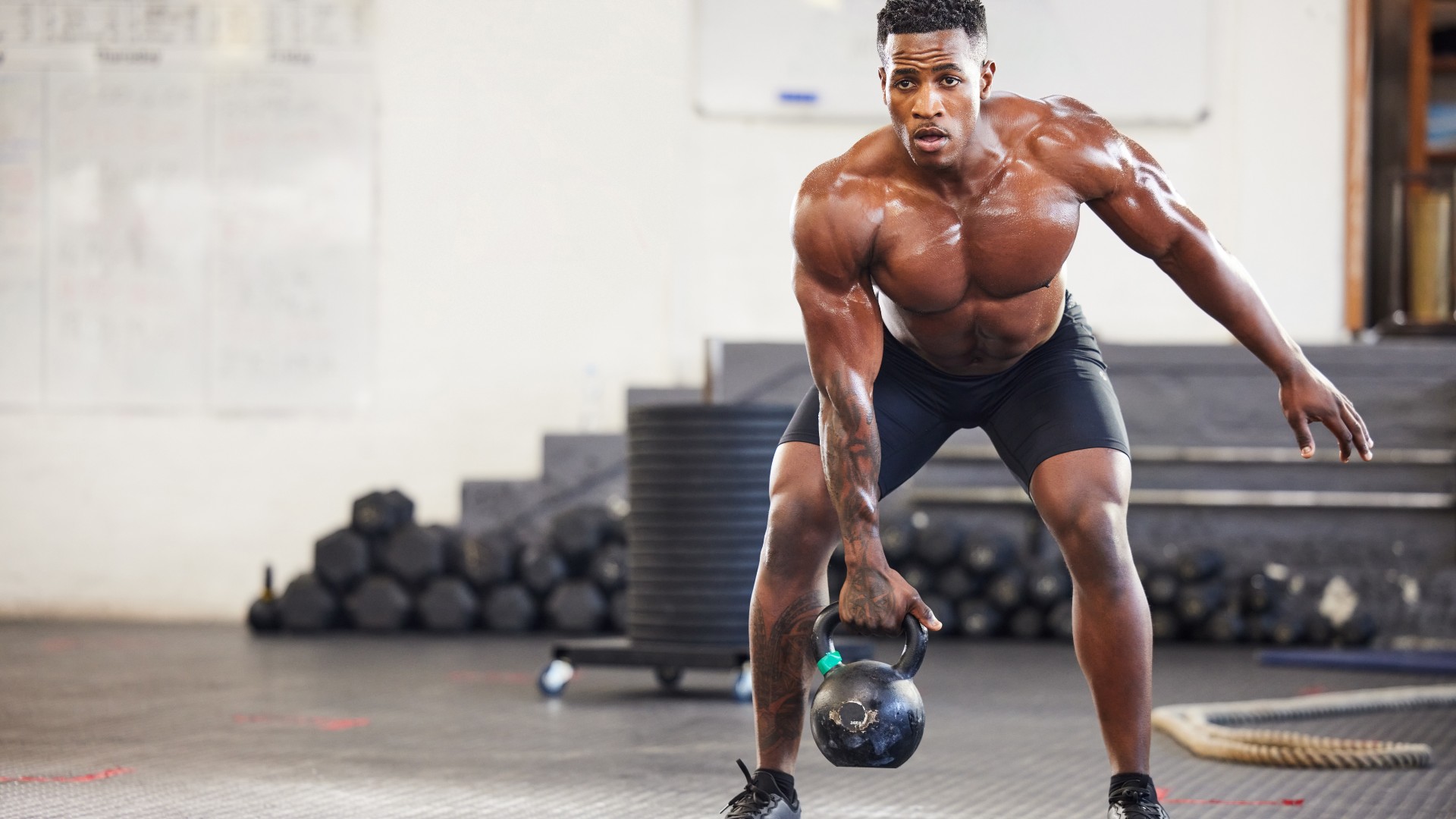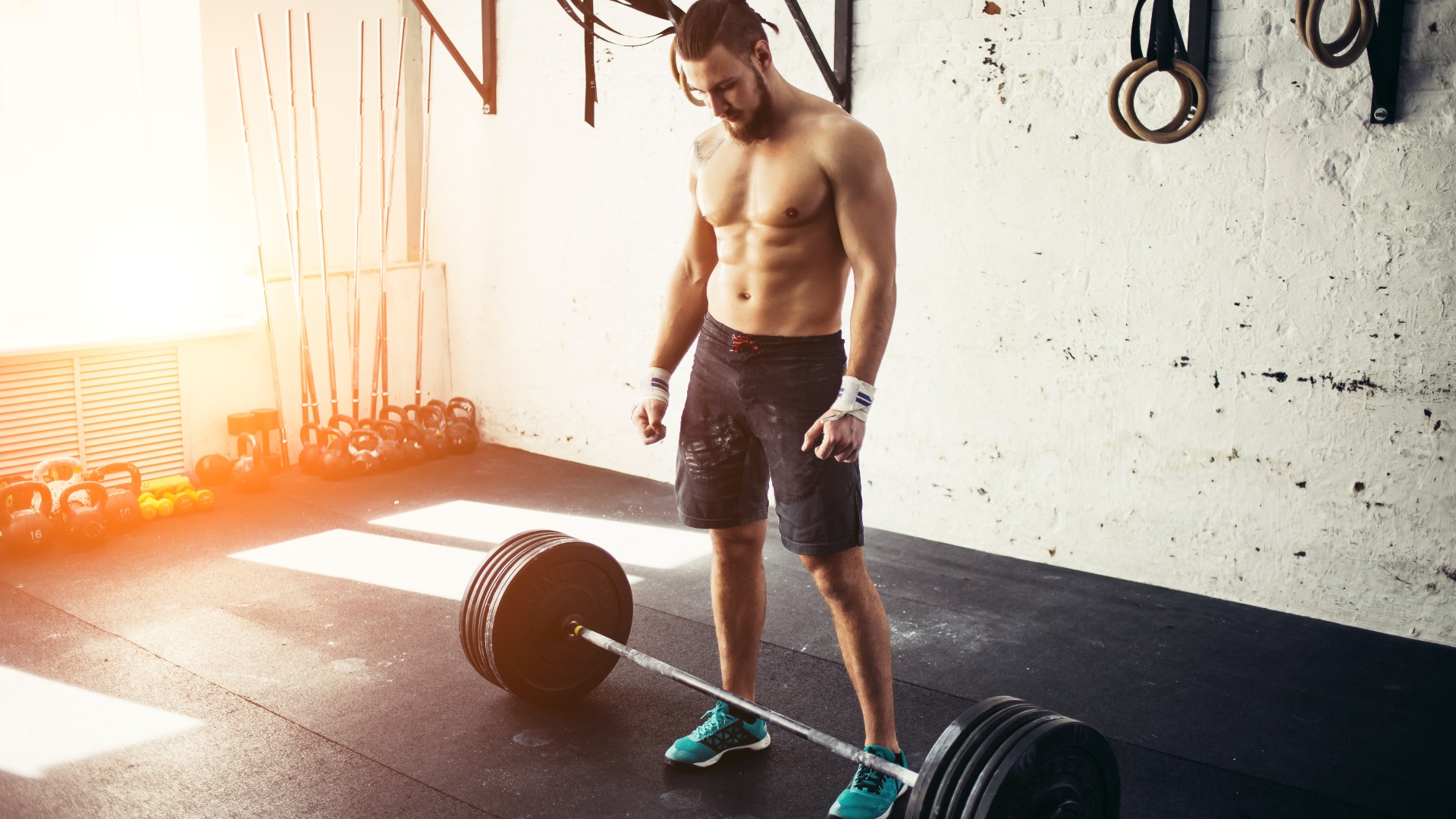
When you begin lifting heavy weights, you learn a few things about your body. Here are seven lessons I’ve learned since I started weightlifting, and each one is something I wish I’d known before I started.
So, whether you’ve been lifting weights for years, be that using free weights or gym machines, or you’ve just started on your journey into resistance training, I hope some of these tips resonate and help you develop a weightlifting plan that works best for you.
Want to give yourself the best chance of sculpting muscles and building strength? Grab the best adjustable dumbbells for your training, and try adopting these seven lessons below.
7 things I wish I'd known before I started lifting heavy weights
Jumping into weight training can be daunting, and without a personal trainer, some people are unsure of where to start or how to structure workout plans properly. And it’s more common than you think. Growing muscle and building strength are more complex than heading to the gym a few times a week, and it takes a lot of consistent work to fuel gains.
Besides, there are only so many YouTube tutorials or pre-made strength programs you can find on the internet before you really need to dial into your own body and training requirements, not other people's. No journey is the same — I’ve been teaching weightlifting for years, and every person comes to my classes needing something different, with varied strengths and weaknesses. So here are seven things I wish I knew before I started lifting.
1. Good form is for a lifetime
In a bid to lift heavier weights than you’re ready for, have you ever sacrificed your form to achieve a lift? I have.
Good form will keep you in the gym for years to come, while poor form is a one-stop shop for injury and ending your gym time early. It might take longer to reach the weight you desire, but it feels much better when you hit weight because you’re strong enough, not because you compromised form to get there.
Sign up to get the BEST of Tom's Guide direct to your inbox.
Get instant access to breaking news, the hottest reviews, great deals and helpful tips.
It can be boring hearing trainers shouting ‘Brace your core!’ or “Straighten your back” during classes, but listen to them. Taking the time to understand those cues will help you nail a lift with proper form and keep you safe while doing so. Besides, exercising with poor form might prevent you from activating the correct muscles and slow down your gains.
Start light, build gradually and keep your form on point.
2. Ask for help
If you’re unsure in the gym, ask someone — even when it feels mortifying. I’m a trainer, and I still learn so much from my CrossFit teachers, who have an entirely different skill set to mine. No one knows everything, and I wish I’d been more willing to ask and listen when I first started weightlifting, as it can be harder to ask the longer you wait, and bad habits can settle in fast. You never know what gold dust tips you might pick up, too.
3. Stick to your training plan, and don’t look sideways
Most of us come into training with an ego of sorts — some more than others. I wish I’d known to separate my ego early doors, as it would have saved me a lot of stress. I think this tip gets overused in fitness circles, but it still holds value in my eyes.
Remember that everyone responds differently to stimuli, so if you’re eyeing the muscle-sculpted God or Goddess next to you — here’s the truth. Your ability to build strength and pack on muscle will depend on factors like protein intake, recovery status, the consistency and progression of your training plan, genetics and lifestyle factors like sleep or stress.
I could follow the same workout plan as the ripped person beside me, but it wouldn’t guarantee the same results. So stop looking sideways.
4. Plan your training sessions
Hitting the gym several times a week is great, but do you have a plan?
Whether you’re exercising for hypertrophy or strength training, adopt the progressive overload technique. That means your program should gradually adapt as your body gets stronger — whether you add weight, reduce rest, switch out exercises, or increase sets, reps, or frequency. Your muscles need to meet challenges to grow.
I don’t recommend the famous “bro split” of dividing your days by a muscle group. My best advice is to train several muscle groups several times a week. For example, hit the lower and upper body several times or opt for three to six weekly workouts to include full-body exercise. Factor rest days into your training plan or active recovery if you prefer.
I don’t subscribe to the 48 hours of rest theory. I know people who hit the gym, CrossFit, or similar four to six times a week and are some of the most robust athletes I know. Your muscles need time to repair and recover to grow, but (again) everyone responds differently depending on experience.
If you don’t exercise often or opt for a particularly intense workout, you might experience DOMS the following day. Some muscles need at least 48 hours to recover, but most often after maximal training rather than submaximal. You can still exercise, but listen to your body. Movement helps improve blood flow and circulation and can ease muscle soreness, particularly if you’ve warmed up properly. Lifting lighter or choosing gentle movements like swimming or yoga are also great options.

I don’t subscribe to the 48 hours of rest theory. I know people who hit the gym, CrossFit, or similar four to six times a week and are some of the most robust athletes I know.
That said, overtraining exists, but it comes down to intensity as well as frequency. Little and often is one way to push volume and frequency without maxing out your muscles. Many athletes who frequently train heavy or intensely don’t suffer from severe DOMS that often because their bodies and muscles have adapted to their workload.
Besides, some muscle groups like your core and arms are active during most heavy lifts, so even if your focus is on the lower body, chances are you’ll still hit other upper body muscle groups without realizing it. Compound exercises like deadlifts and weighted lunges are two perfect examples of leg day exercises that recruit many muscles!
5. Practice compound contraction
A compound exercise hits multiple muscle groups, like a deadlift. When exercising, focus on squeezing as many muscle groups as you can. Doing so will keep your form strong and the correct muscles active while you move. If you’re unsure where to start, focus on the back, belly and bum — giving them a healthy squeeze will help you activate more muscles and execute from a solid position.
6. Hit the free weights
To hit a one-rep max, you’re wasting your time with resistance machines. Free weights can help engage more muscles, including the stabilizer muscles, and improve activation, range of motion, balance, control and coordination. Here’s more on the free weights vs gym machines to help you decide, but if your goal is to lift heavy weights, focus on barbells, kettlebells and dumbbells over machines and save them for isolation exercises at the end of your workout.
7. Grip gloves are friend, not foe
Whether you’re practicing pull-ups, toes-to-bar, hanging leg raises, or hitting the barbell for deadlifts and cleans, grip gloves (and liquid chalk) are your friend. My top tip is to develop grip strength by regularly practicing lifting weights that require good grip, including the exercises I just listed. Other examples include the farmer’s hold and the farmer’s walk.
Developing grip strength organically is crucial for keeping your wrists and forearms strong and preventing injury, but grip gloves are a brilliantly effective helping hand if you need extra support. Friend, not foe.
More from Tom's Guide

Sam Hopes is a level 3 qualified trainer, level 2 reiki practitioner and senior fitness writer at Tom's Guide. She is also currently undertaking her Yoga For Athletes training course. Sam has written for various fitness brands and websites over the years and has experience across brands at Future such as Live Science, Fit&Well, Coach, and T3.
Having worked with fitness studios like F45 and Virgin Active, Sam now primarily teaches outdoor bootcamps, bodyweight, calisthenics and kettlebells. She also coaches mobility and stretching-focused classes several times a week and believes that true strength comes from a holistic approach to training your body.
Sam has completed two mixed doubles Hyrox competitions in London and the Netherlands and finished her first doubles attempt in 1:11.
